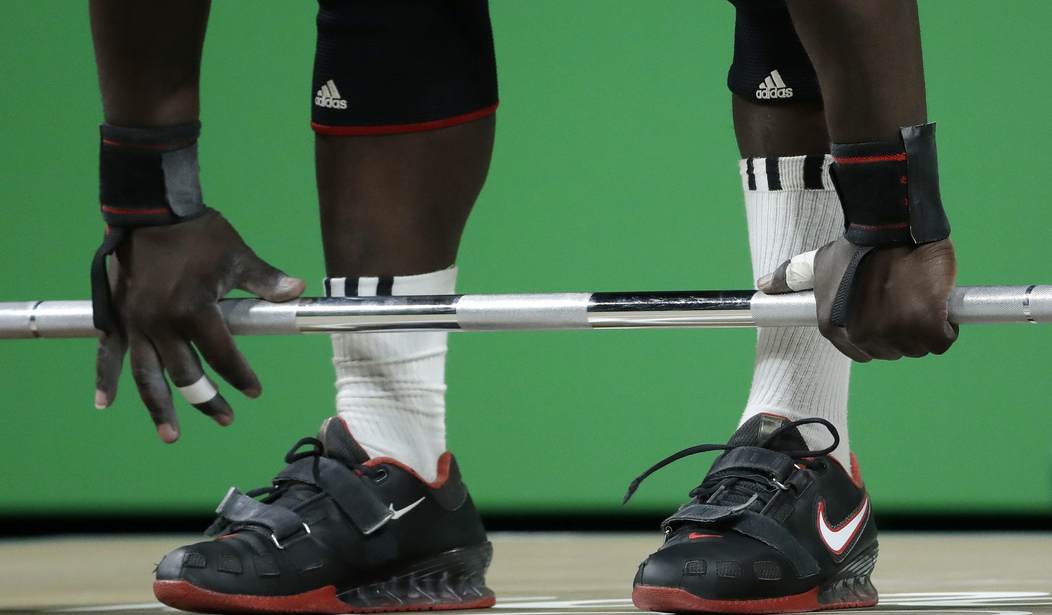The gym can be an intimidating place if it’s your first time. Most “noobs” — gym talk for people who are new to the process — don’t know what to do, and most people are deathly afraid of getting hurt. They need not be. Gyms are only dangerous if you do the wrong things with the wrong equipment, just like in your garage. Gyms can also be a waste of time if you use them wrong. Clear thinking and prudent planning are the keys to a safe and productive gym experience.
First, as with any new undertaking, you need to do your homework. You go to a gym for the purpose of doing something physically harder than you’ve already been doing, so it’s not entirely surprising that it might hurt you if you do it wrong. The most important thing you can do — for both success and safety — is to learn as much as you can about the best way to accomplish your fitness objectives.
Perhaps you had planned on hiring a personal trainer or coach to do the thinking for you. Sorry to tell you this, but the nature of the fitness industry makes this a bad idea in most gyms. Personal trainers are often minimally qualified, with some even being “certified” by the gym itself after they are hired. They have been taught to teach the use of the equipment, not how to teach exercise, fitness, or training. It is incumbent upon you to understand the basics, and to recognize inexperienced staff for what they are.
And whatever your fitness goals may be, there is a wrong way and a right way to get them accomplished depending on what they are. You can’t get stronger, for example, by lifting the same light weights every workout. Strength is the production of force against an external resistance, i.e. a weight. Stronger, by definition, means more weight lifted, and if this is not a feature of your exercise program, strength cannot accumulate.
Likewise, if endurance is your objective, it cannot accumulate if you don’t add a little more time onto the workout on a regular basis. These things are obvious if you think about them for a second: don’t pay for training with people who don’t understand the obvious. For either strength or endurance, start easy, and over time work toward hard. Hard the first day is a bad idea, because it may hurt you, and because it leaves you no room to increase next time, and increases are the whole point.
And correct use of the equipment is essential, for both progress and safety. You should know enough about this from your own homework to recognize the basics of what is correct and incorrect, and to determine the quality of the instruction you’re receiving. If you can’t understand the instructions, or if the instructed exercises make you hurt, fire the instructor.
Once you determine that things are proceeding correctly, it’s your turn to make things work — don’t miss workouts, and don’t quit. Here’s an advanced training secret: each workout is important only because they add up over time to a fitness adaptation. New physical behavior becomes a healthy habit that eventually changes you, and each workout contributes to this change. But they can’t add up if you miss them. You have to realize that you’re working an assignment that is not completed at the end of each trip to the gym — in fact, it’s never “completed.”
When you start training, the process becomes the objective. If the program is structured correctly, you get better over time, and that time is not measured by the length of each workout. You have to think past today and invest in the longer-term. You’ll be happier with your progress if you commit to doing a little more each workout than you did the previous workout. This is an athlete’s approach, and it works every time it’s applied.









Join the conversation as a VIP Member